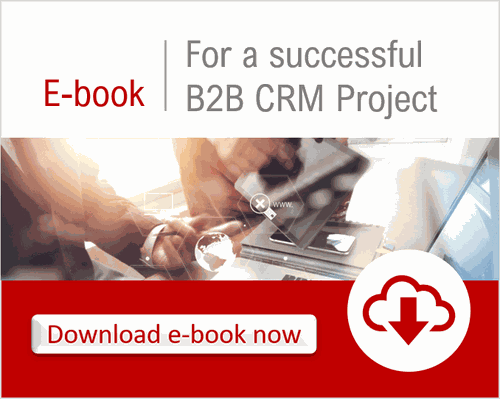As an IT Director, you are the guarantor of data quality in your company. However, the new CRM project is disrupting your strategy. How to ensure that this new customer relationship management software is filled with quality data? How can we ensure that they remain qualitative over time? Here are some of the answers....

To get started, we recommend that you set up a data repository. The arrival of new software, as important as CRM, is the perfect opportunity to review your processes and existing data in the company.
Make a detailed list and ask yourself some questions: where does the customer/prospect data come from? Through which workflows do they pass? What are the manual changes made to them? Etc.
This will allow you to be completely clear when deploying the future CRM. Of course, among the data you have collected, there is no obligation to keep all of it!
However, "too much data kills the data". It is better, at least initially, to integrate only the essential data and give users time to familiarize themselves with the new process. You can then determine if it is desirable to add additional processes.
Finally, remember that data quality is often linked to the user experience. This means that if CRM is not sufficiently "user-friendly", there is a good chance that users will not make any effort. Therefore, make sure that the processes put in place are intuitive and simple to follow. If possible, structure the manual data supply to the CRM using drop-down lists, check boxes, etc. This will allow you to guarantee a certain homogeneity in the structuring of the data.
If you want to go further and benefit from a real specification for data quality in your future CRM, our Guide to Successful B2B CRM Project is for you!
